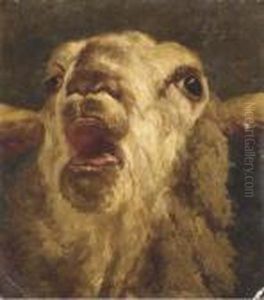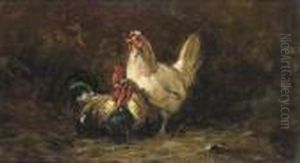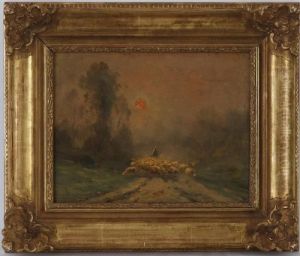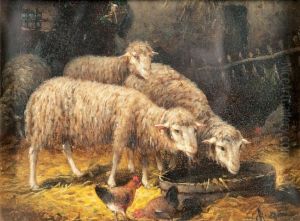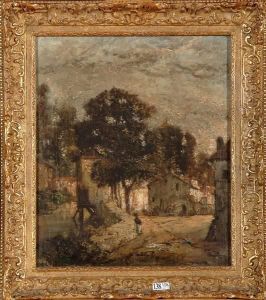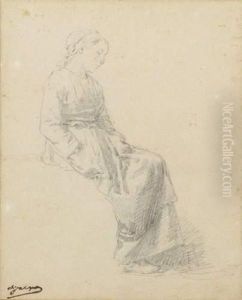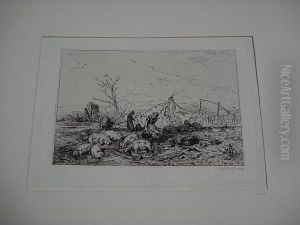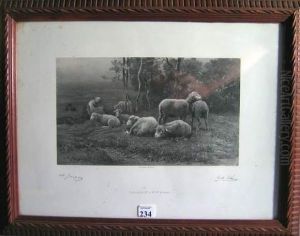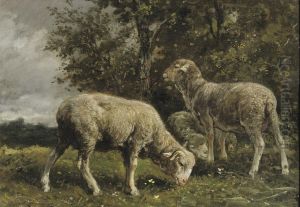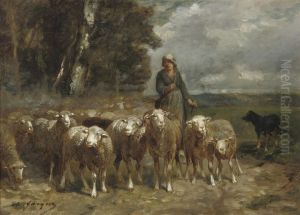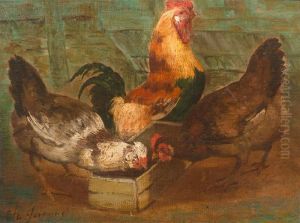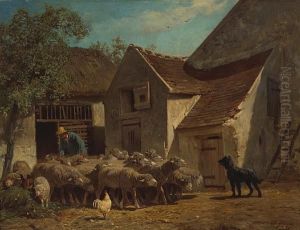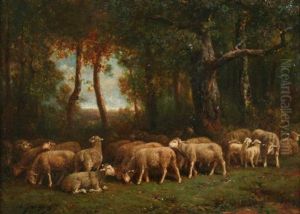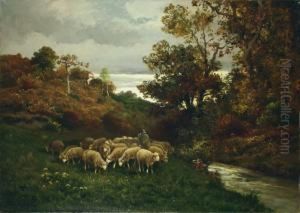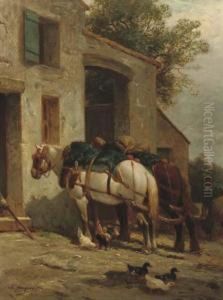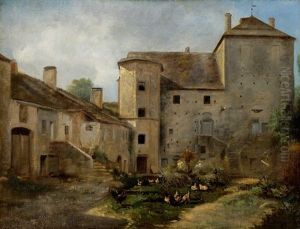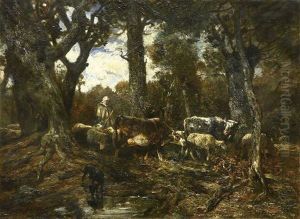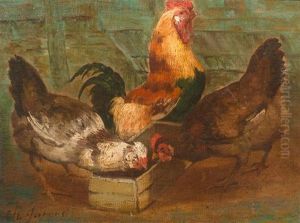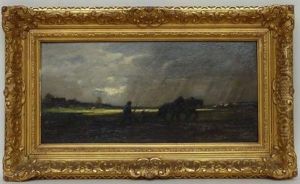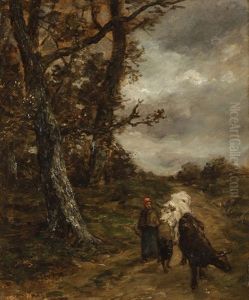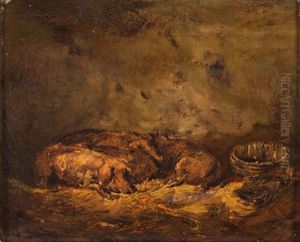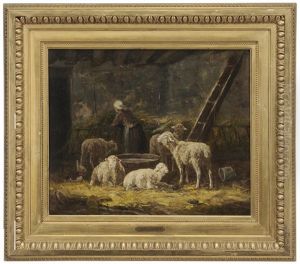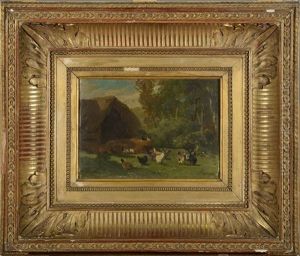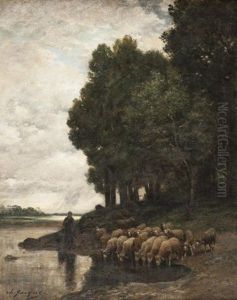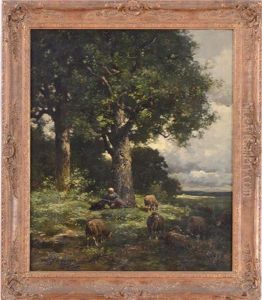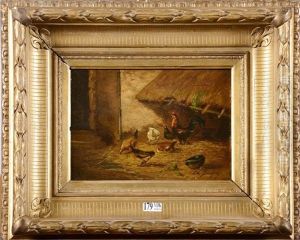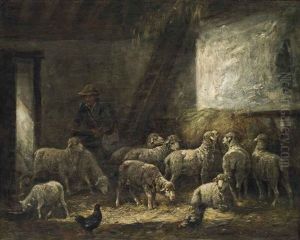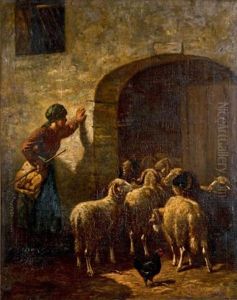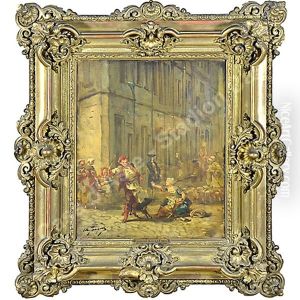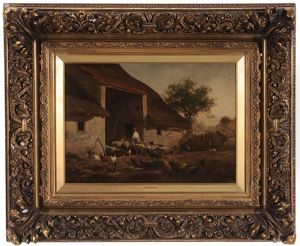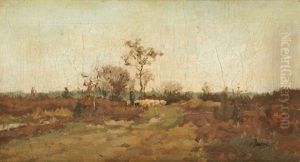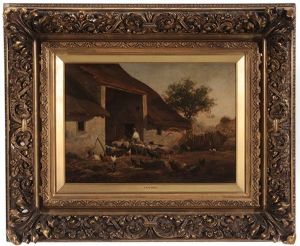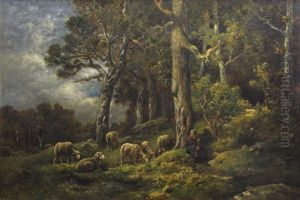Charles Jacques Paintings
Charles Émile Jacque was a distinguished French painter and engraver, born on May 23, 1813, in Paris, France. He is best known for his pastoral scenes, animal paintings, and his significant contribution to the Barbizon school, a movement that emphasized the beauty of the French countryside and prefigured Impressionism.
Charles Jacque's early career was not in the arts; he initially trained as a map engraver and worked in a military mapping office. However, his passion for art led him to pursue painting and etching, dedicating himself to the study of landscapes and animals. His shift to art was not immediate, but by the 1830s, he had begun exhibiting his works, which showcased his interest in realistic depictions of rural life.
Jacque's work is characterized by its meticulous attention to detail, especially in his portrayal of animals, which earned him the title of one of the foremost animalière (animal painters) of his time. He was profoundly influenced by the Dutch and Flemish schools of painting, evident in his use of light, shadow, and the naturalistic portrayal of his subjects.
In the 1840s, Jacque moved to Barbizon, joining other artists like Jean-François Millet and Théodore Rousseau, who were also focusing on landscape painting and the natural world. This period was crucial in his development as an artist, as it was here that he fully embraced the Barbizon school's philosophy, focusing on the serene and often somber aspects of the countryside. His works from this period are among his most celebrated, combining his skill in etching with his love for the pastoral.
Apart from painting and etching, Jacque was also a prolific printmaker, and his work in this medium contributed to the revival of etching in France. His technical skill and innovative approach helped elevate etching from a primarily commercial or reproductive medium to one recognized for its artistic value.
Charles Émile Jacque's contribution to French art was significant; through his paintings, etchings, and prints, he captured the essence of rural life and the natural landscape with a sincerity and depth that resonated with both his contemporaries and future generations. He passed away on May 7, 1894, in Paris, leaving behind a rich legacy that continues to be celebrated for its contribution to the Barbizon school and the broader landscape of 19th-century French art.
